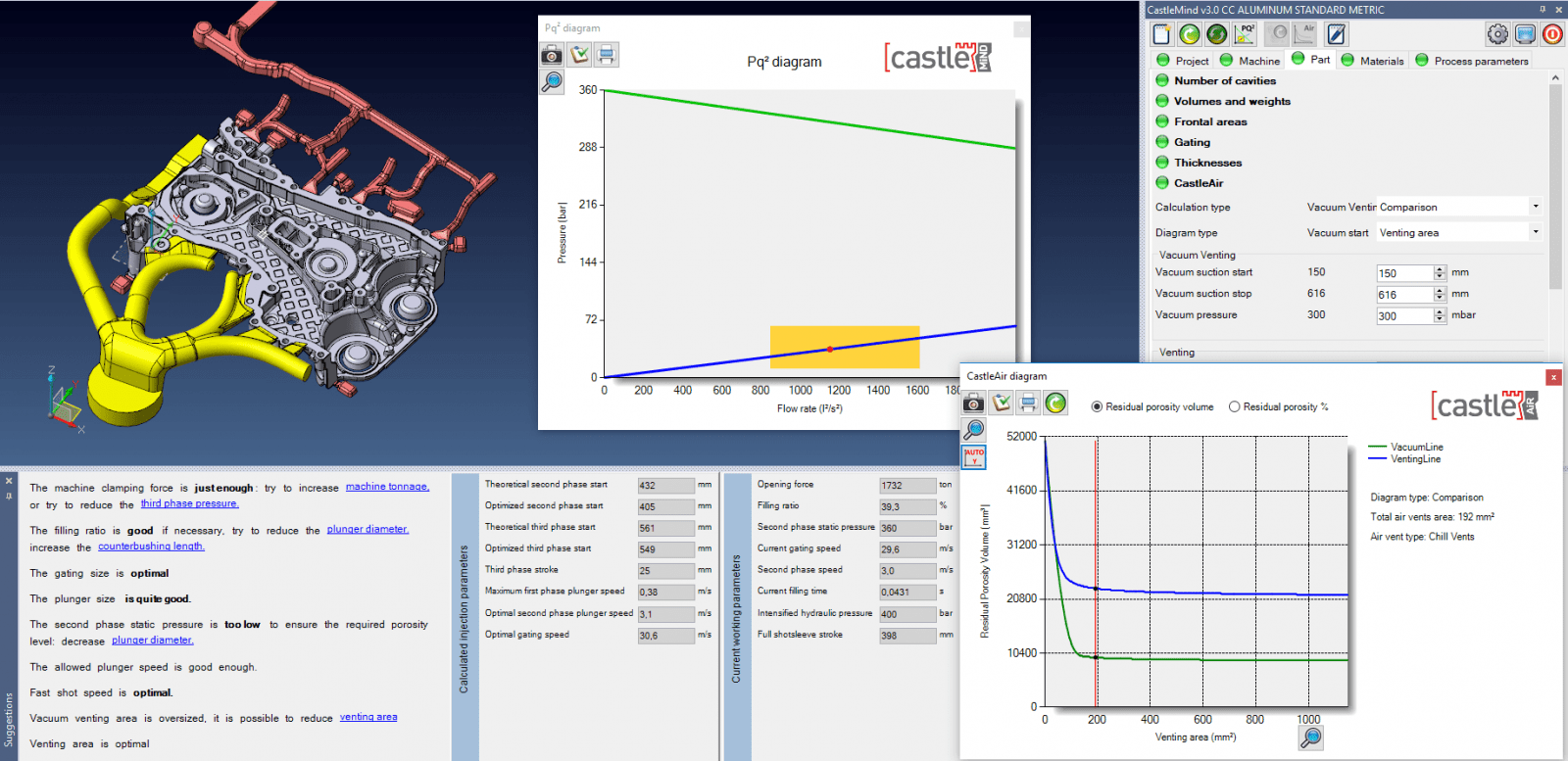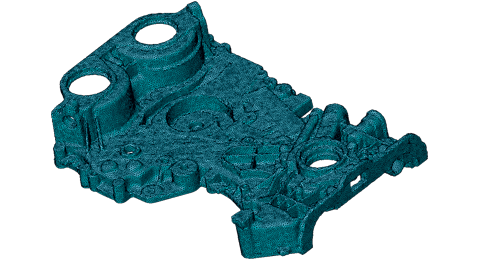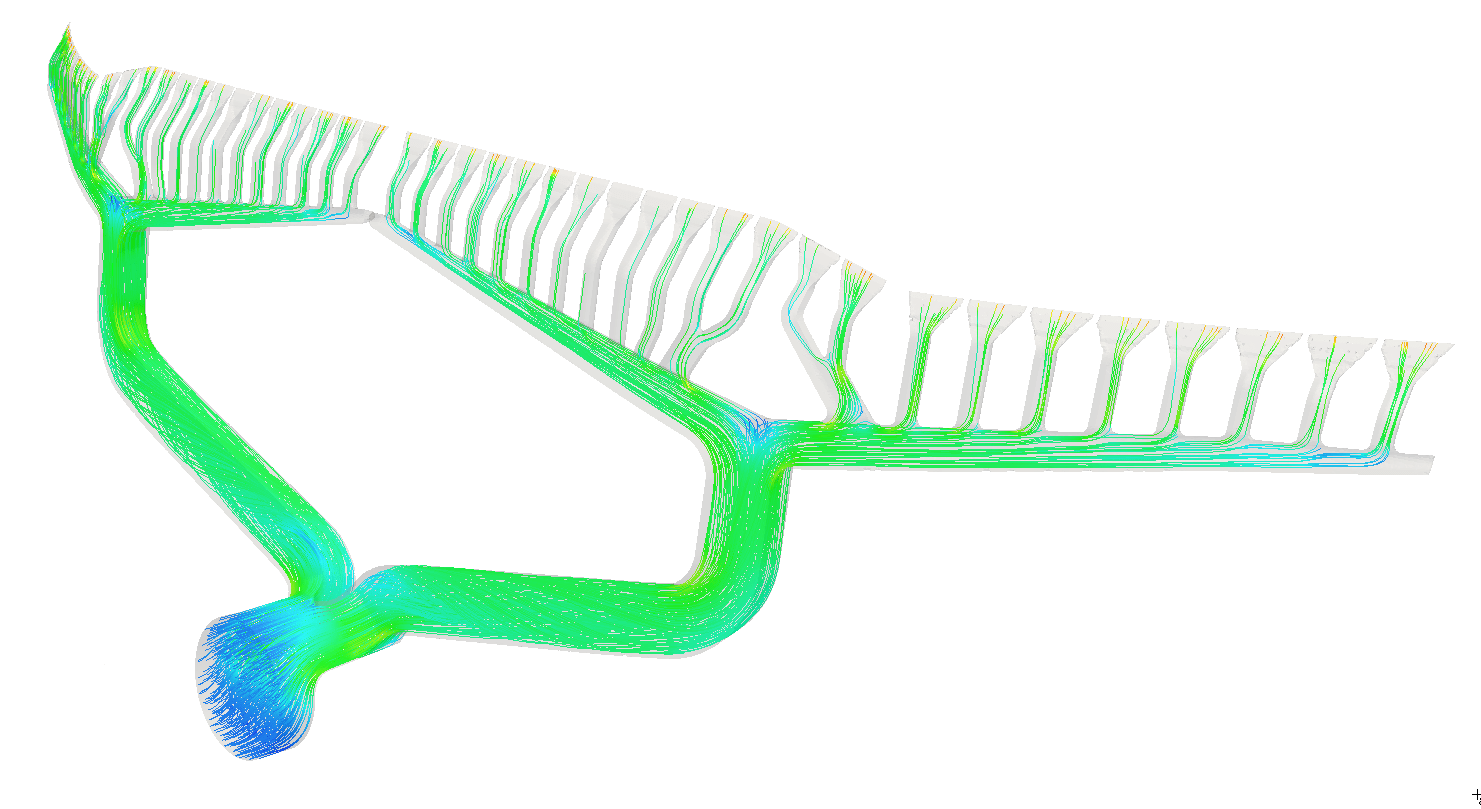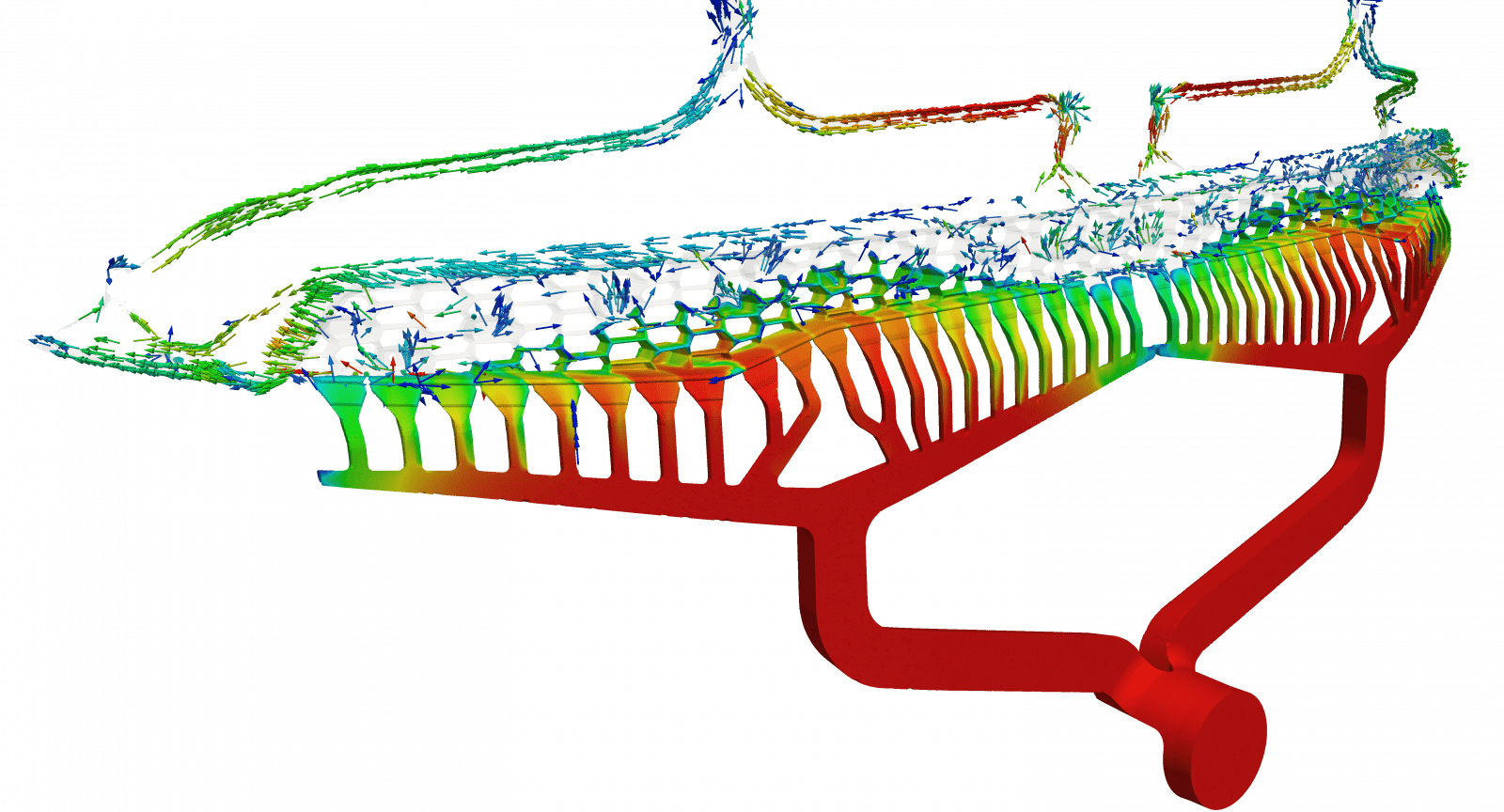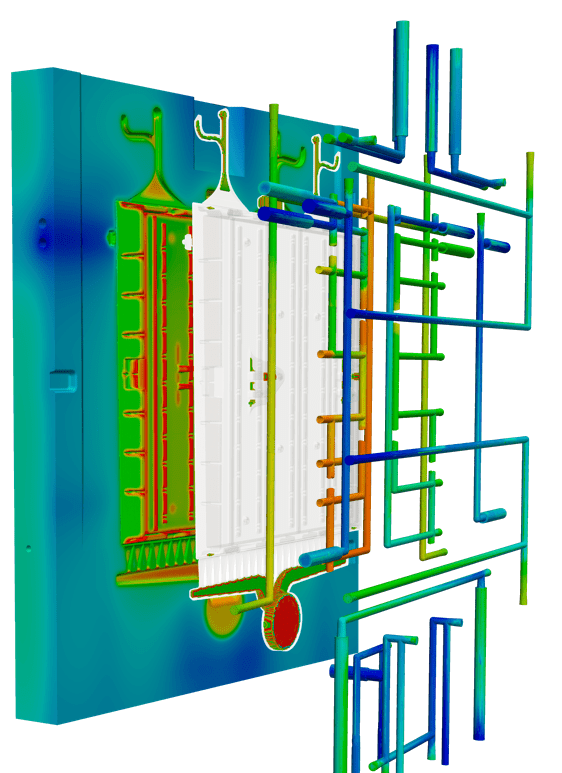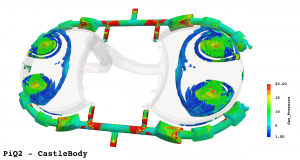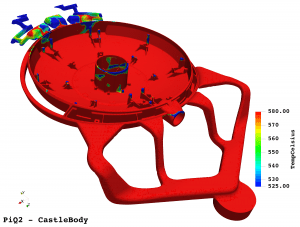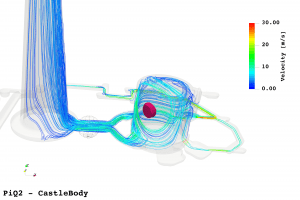The simulation process
Simulation process should be considered not only as a simple verification step, once die design is completed, but as an important tool for the designers to properly develop tools and optimize the process.
The results should provide clear, fast and effective answers to check in advance any possible issue and give designers and technologists useful information about tool and process optimizations all along the development stage.
The simulation software must be suitable for everyone, easy and intuitive, both for the technical and foundry departments. It should simulate the actual process in details, taking into account all the possible variables that could show up during production. It has to facilitate the results sharing between the key figures of the project. It should help the mold designer in every single stage of die development.
According to this philosophy, Castle is composed by 4 independent modules which can be used throughout the design process.
The simulation process
Simulation process should be considered not only as a simple verification step, once die design is completed, but as an important tool for the designers to properly develop tools and optimize the process.
The results should provide clear, fast and effective answers to check in advance any possible issue and give designers and technologists useful information about tool and process optimizations all along the development stage.
The simulation software must be suitable for everyone, easy and intuitive, both for the technical and foundry departments. It should simulate the actual process in details, taking into account all the possible variables that could show up during production. It has to facilitate the results sharing between the key figures of the project. It should help the mold designer in every single stage of die development.
According to this philosophy, Castle is composed by 4 independent modules which can be used throughout the design process.
Gallery
Gallery
If you want to receive further information
or our consulting
GET IN TOUCH WITH US


